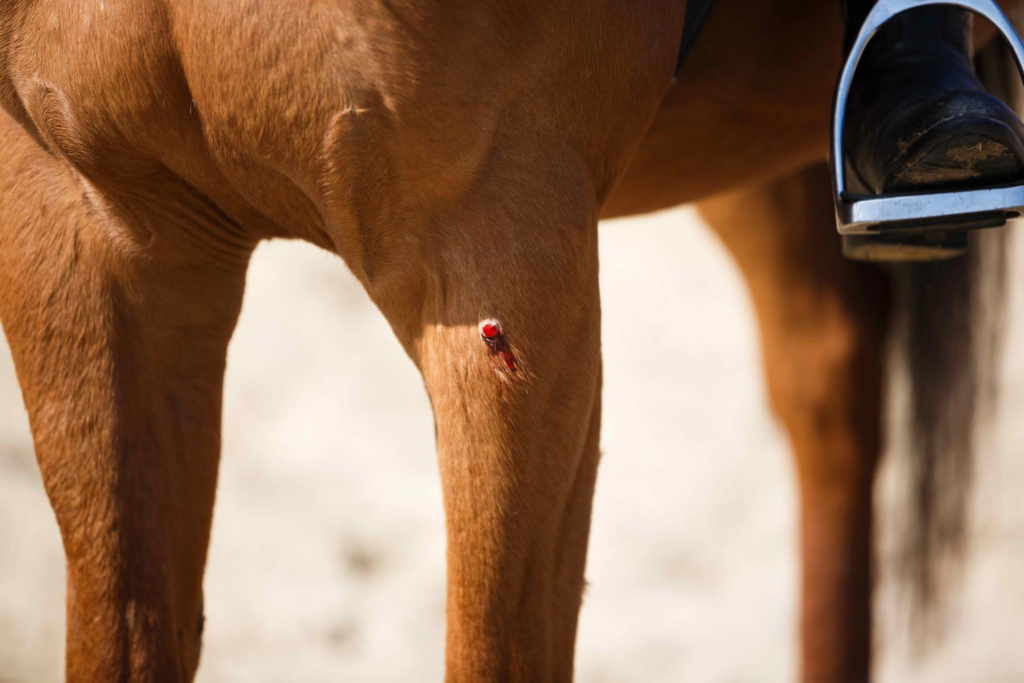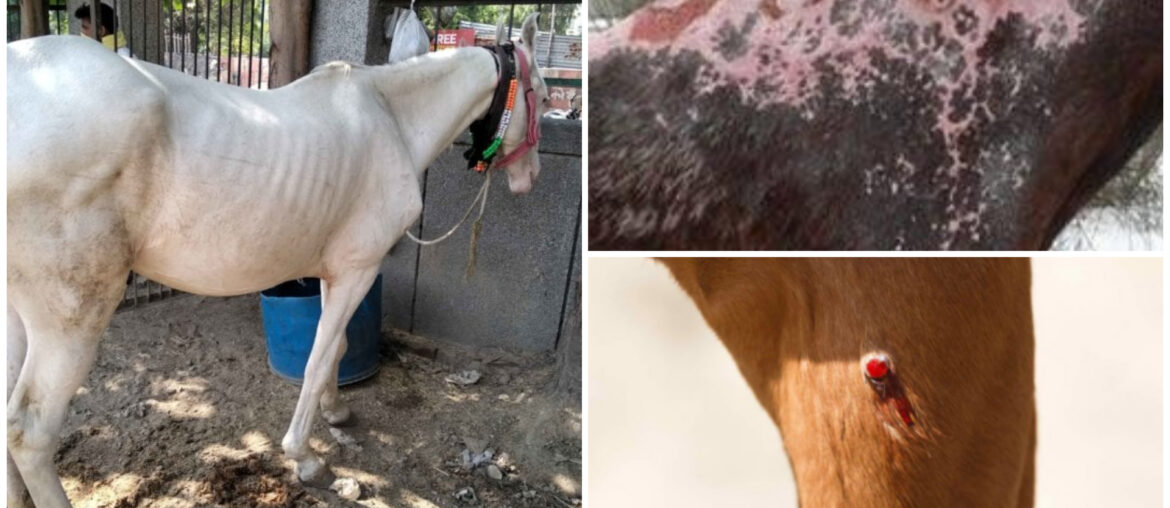Siquijor is facing a health scare after six locals tested positive for glanders, a rare but potentially fatal disease typically found in animals. This marks the first time human infections have been recorded in both Siquijor and the Negros Island Region.
What Is “Glanders” & Its Symptoms?

Glanders is a zoonotic disease caused by the bacterium *Burkholderia mallei*. It primarily affects horses and livestock but can infect humans through direct contact with sick animals, contaminated meat or water, or even through open wounds. The disease doesn’t spread easily between humans, but it can be deadly if not treated early.
According to health officials, early symptoms of glanders include:
- Fever and chills
- Headaches and body aches
- Sneezing and chest pain
In more severe cases, it can lead to skin ulcers, pneumonia, and even death if left untreated.

DOH: Task Force Activated
On Sunday, May 25, the Department of Health-Negros Island Region (DOH-NIR) confirmed the six human cases and activated a One Health Task Force. The group, composed of the DOH, Department of Agriculture (DA), and local LGUs, is working to contain the disease and prevent it from reaching nearby provinces like Negros Oriental and Negros Occidental.
Dr. Mary Ann Palermo-Maestral of the DOH emphasized that human-to-human transmission is extremely rare, but warned the public to remain cautious.
DA Region 7 Director Joel Barrogo said they’ve already begun animal tracing and testing in areas where the patients lived or worked. Blood samples have been sent to the Research Institute for Tropical Medicine (RITM) for lab confirmation.
If results come back positive, culling of infected animals might be necessary, as recommended by the World Organization for Animal Health (WOAH). While antibiotics may help treat infected humans, there is no cure for animals, making culling the most effective containment strategy.

Global Context: Still Present in Developing Regions
Glanders has been wiped out in countries like the US, Australia, and most of Europe, but it still exists in parts of Asia, Africa, the Middle East, and South America. Here in the Philippines, a few isolated human cases have been recorded recently, in regions like Cagayan Valley, Mimaropa, and the Cordillera.
Given that tourism is a big part of Siquijor’s economy, locals were quick to express concern. But DOH officials clarified that all infected individuals were locals, and there’s no indication of tourist exposure. Nonetheless, authorities continue to remind the public about precautionary measures such as:
- Avoid contact with sick or dead animals
- Don’t consume unverified meat or milk
- Practice good hygiene, especially when handling animals
- Seek medical help if symptoms persist or worsen

So far, the regional health task force has declared Siquijor safe for both residents and visitors, but vigilance remains key. Let us all stay safe kanunay!



Comments are closed.